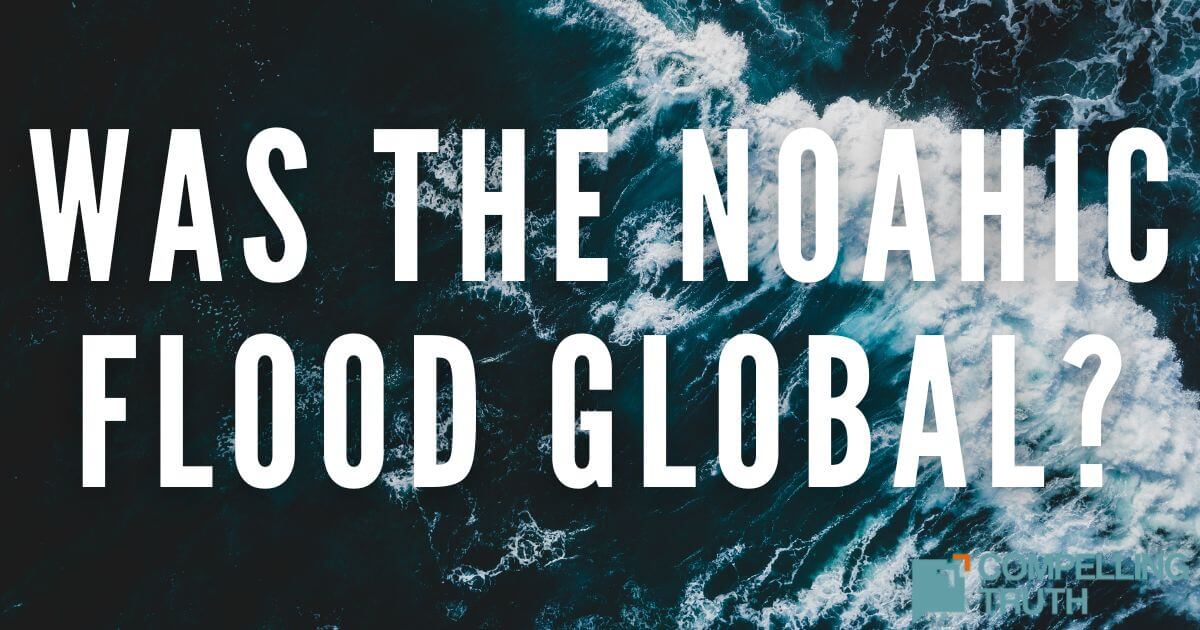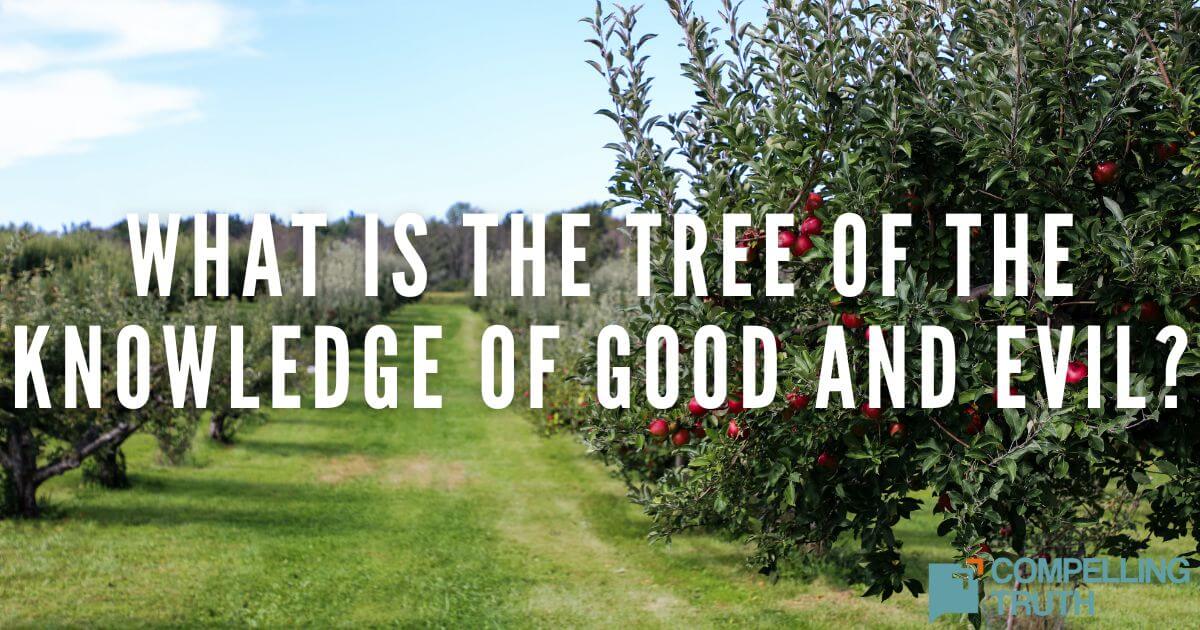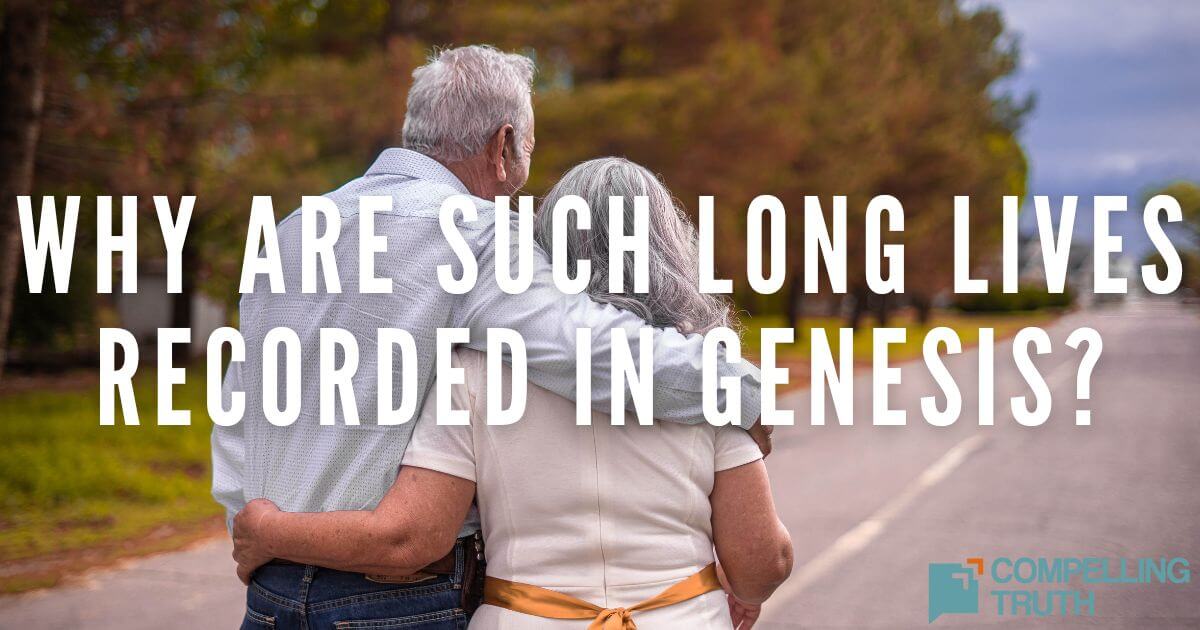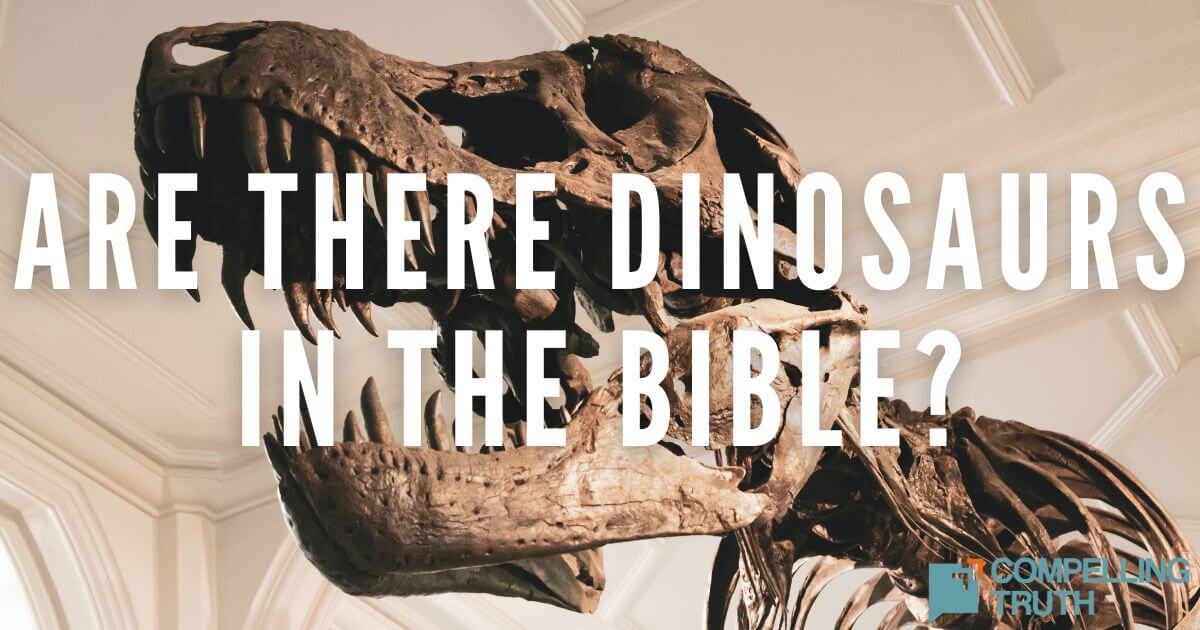The Epic of Gilgamesh is an ancient poem about a king of Uruk who was one-third god. Parts of the original Sumerian story may have been written as early as 2100 BC, although Gilgamesh is said to have reigned around 2700 BC. The epic was subsequently translated into Babylonian dialects. The translations vary somewhat, and there are no copies of the complete poem.
Epic of Gilgamesh
The Epic of Gilgamesh is told in twelve tablets. Where some tablets are damaged, corresponding passages have been taken from other translations to fill in the gaps.
Tablet 1: Gilgamesh, king of Uruk, is seen abusing his subjects. The gods respond by creating a wild man named Enkidu to distract him. Gilgamesh learns of Enkidu and sends Shamhat, a temple prostitute, to distract Enkidu.
Tablet 2: Shamhat seduces and then civilizes Enkidu. Enkidu learns of Gilgamesh's abuses and challenges him to a fight. They battle, and then become close friends. Gilgamesh convinces Enkidu to travel to the Cedar Forest to kill the demi-god Humbaba.
Tablet 3: Gilgamesh plans for the trip. He asks several people, including his mother the goddess Ninsun, for advice. Everyone discourages him from fighting the horrifying Humbaba.
Tablet 4: Gilgamesh and Enkidu travel to the Cedar Forest. They have many dreams along the way and talk about how scared they are.
Tablet 5: Gilgamesh and Enkidu, with the help of the sun-god Shamash, kill Humbaba.
Tablet 6: The goddess Ishtar propositions Gilgamesh. Gilgamesh rejects her, pointing out that her previous lovers did not fare well. Ishtar complains to her father who basically tells her, "Well, he's got a point." Ishtar convinces her father to send Gugalanna, the Bull of Heaven. Enkidu and Gilgamesh kill Gugalanna, and when Ishtar throws a fit, Enkidu throws the bull's hindquarter at her.
Tablet 7: Enkidu has a dream that he will die, and curses everyone, including the temple prostitute who apparently gave him a venereal disease. The sun-god Shamash reminds him that Shamhat civilized him and introduced him to Gilgamesh, so he takes his curse back. Shamash also tells him that when he dies, Gilgamesh will honor him beyond compare. Comforted, Enkidu sickens and dies.
Tablet 8: Gilgamesh mourns his friend with great despair and ceremony.
Tablet 9: In fear of death, Gilgamesh decides to find Utnapishtim, a legendary man who survived a great flood and received eternal life.
Tablet 10: After foolishly destroying the stone giants who could have taken him to Utnapishtim, Gilgamesh cuts down 300 trees and uses them as punting poles to cross the Waters of Death. When he arrives at the other side, Utnapishtim tells him he's even more foolish to desire eternal life.
Tablet 11: Utnapishtim tells Gilgamesh the story of the flood. The gods decided to flood the world and destroy all the people, but the god Ea told Utnapishtim to build a boat big enough for his family and the animals. The boat was to be covered with pitch and bitumen. Utnapishtim, his family, the craftsmen who built the boat, and many animals entered the boat. The rains lasted six (or possibly seven) days, killing all the other people. The boat landed on a mountain, and Utnapishtim released a dove, a swallow, and a raven before opening the door and letting everyone out. Enlil, who created the flood, was livid that there were survivors, but Ishtar and Ea condemned Enlil. Enlil gave Utnapishtim and his wife eternal life. Utnapishtim shows Gilgamesh that he cannot grant eternal life but tells him how he can recover his youth. Gilgamesh goes to the bottom of the ocean to get the youth-giving plant, but a snake eats it. Gilgamesh gives up the quest for eternal life and contents himself with his legacy—the great walls of Uruk he had built. It's very possible that the actual flood story was not originally included in the Epic of Gilgamesh.
Tablet 12: This tablet is probably not original. Enkidu is alive and goes to the Netherworld on an errand for Gilgamesh. He is trapped there until Ea and Shamash help his ghost to escape. Gilgamesh asks Enkidu about the Netherworld.
Similarities and Differences
The Epic of Gilgamesh contains one of the three Akkadian flood myths. In the Atrahasis Epic, Enlil, the god of wind, uses famine and drought to control the overpopulation of humans (in other versions it's unclear if the cause of the gods' distress is overpopulation or some unnamed iniquity). Enlil finally decides to send a catastrophic flood. Enki (the Sumerian version of the Akkadian Ea), the god of water, is not allowed to warn the humans, but he does tell Atrahasis ("Extremely Wise") to build a large boat covered in bitumen. Although Enlil is angry that Enki interfered, he agrees to find other ways to control human population. Some believe that the Gilgamesh flood story was a later paraphrase of the Atrahasis Epic.
The Sumerian creation myth also includes a story of a flood. Ziusudra (Sumerian for the Akkadian Utnapishtim, meaning "he who laid hold on life of distant days") is warned by Enki to build a boat. The story is much the same, except that the ship floats down the Euphrates to an island, possibly Bahrain. The names given to the Noah figure are confusing, but they are linked: Atrahasis ("the wise one") was changed to Ziusudra/Utnapishtim ("he found life") after he survived the flood and the gods made him immortal.
The biblical flood story, found in Genesis 6-9, has many similarities. In both cases, it was a global flood sent by God or gods to control people. God or gods contacted the hero and told him to build an ark of wood covered in pitch. The ark was very large and contained specimens of all animals. The hero determined the end of the ordeal by sending out birds. When the inhabitants of the ark were released, the hero sacrificed to God/the gods, who blessed him.
There are differences, as well. Of course, the Genesis story speaks of God, while the Akkadian mentions several gods. The Akkadian ark was square, while the biblical ark was rectangular. The Akkadian hero saved not only his family, but craftsmen who worked on the ark as well. The biblical rains lasted forty days and nights, while the Akkadian version says six. And the arks landed on different mountains.
What is the relationship between the Akkadian flood myths and the biblical account? Scholars aren't exactly sure. Secular scholars claim that because remnants of the Akkadian account pre-date the writing of Genesis, Moses (or another author) copied from the Akkadian story. But biblical scholars point out that there is no record of a complete Akkadian flood myth until 650 BC, long after Genesis was written. Other scholars claim that the Akkadian myth copied Genesis, but this is highly unlikely. Genesis was written by 1400 BC while the first Gilgamesh story that references the global flood was apparently from 2100 BC. It's much more probable that both stories derived from the same source—an actual global flood.
It is an interesting exercise to speculate how the stories may be linked. Perhaps modern scholars' dating of Gilgamesh the man was wrong, and he really did meet Noah. The name Utnaphistim, interpreted as "he who laid hold on life of distant days," could easily refer to someone who had lived before the Flood—not someone who was immortal (although, with Noah's extended lifespan he may have appeared to be immortal). Abraham was from Ur, the same area in which the tablets were found, and was born about the same time as the oldest version of the Sumerian creation myth (which includes parts of the story of Ziusudra) is dated.
But this would have no effect on the veracity of the biblical account. If there was a worldwide flood, and all the people of the earth descended from the few survivors, it would make sense that there would be various accounts—as there are from such disparate places as Mayan and Hindu mythology. And it would make sense that those stories became distorted through the ages.
Version Accuracy
So what validates the biblical account of the Flood over the Sumerian myths? There are several physical and academic evidences:
- The archaeology: In the 1890s, in the city of Nippur (northwest of Ur), archaeologists found a tablet dated 2200 BC—shortly after the Flood. Catalogued as CBM 13532, the details of the event are nearly identical to the biblical account. In particular, unlike the fanciful Sumerian tales, both CBM 13532 and Genesis 6-7 read like a no-nonsense historical account.
- The content of the texts: The biblical account is more specific and detailed. The exact people who survived the Flood are mentioned, as are their direct descendants. In addition, the Genesis story gives more specifics about the kind and number of animals that were rescued in the ark.
- The Flood: The description of the Gilgamesh account seems to infer a global flood. All humans were to turn into clay. No one was to survive. And Utnapishtim needed to save representatives of all the animals. But the poem does not adequately explain how such a flood occurred. Six days of rain alone would not flood the world. Genesis, however, describes how forty days and nights of rain combined with waters from the deep covered even the tops of the highest mountains.
- The ark: The design of the ark as given in the Bible is uniquely suited for a large vessel in rough waters. It was a flat-bottomed rectangle which evenly compromised between storage capacity and stability. The ark in the Gilgamesh story is a cube made from the remnants of a reed hut, covered in pitch and naturally-occurring asphalt. Such a structure would not have been able to safely see all those animals through a flood.
- The progression of religion: Secular scholars insist that Judaism was made up, that it is a simplification of the common polytheistic religions of the day. The evidence says otherwise. Archaeology gives evidence that the earliest human religions were monotheistic. Throughout the years, monotheism gave way to anthropomorphized nature worship. This gives evidence that the monotheistic biblical account is based on earlier information.
All this means is that descendants of the survivors of the Flood knew about the Flood and passed down the story with ever increasing embellishment. The flood mythology found in the Epic of Gilgamesh and other places serves to give significant evidence that a global flood did occur. The similarities between the 2200 BC tablet and the biblical story give weight to Moses' account.
Timeline
2700 BC: Calculated time of Gilgamesh as per dating of walls of Uruk.
2350 BC: Approximate time of the Flood.
2200 BC: Estimated age of CBM 13532
2100 BC: Apparent origin of the oldest Gilgamesh epic (Akkadian, AKA Old Babylonian). Alludes to the Flood.
Before Hammurabi (~1700 BC): Apparent time period of Atrahasis story
1600 BC: Apparent origin of the oldest copy of the Atrahasis story
1400 BC: Approximate time of the writing of the book of Genesis.
1400 BC: Standard Babylonian version including all 12 tablets. Flood story complete as a copy of Atrahasis.
668-626 BC: Assurbanipal (Assyrian king referenced in Ezra 4:10) finds and stores the oldest preserved copy of the Epic of Gilgamesh in his library. Rediscovered in 1849.
Epic of Gilgamesh
The Epic of Gilgamesh is told in twelve tablets. Where some tablets are damaged, corresponding passages have been taken from other translations to fill in the gaps.
Tablet 1: Gilgamesh, king of Uruk, is seen abusing his subjects. The gods respond by creating a wild man named Enkidu to distract him. Gilgamesh learns of Enkidu and sends Shamhat, a temple prostitute, to distract Enkidu.
Tablet 2: Shamhat seduces and then civilizes Enkidu. Enkidu learns of Gilgamesh's abuses and challenges him to a fight. They battle, and then become close friends. Gilgamesh convinces Enkidu to travel to the Cedar Forest to kill the demi-god Humbaba.
Tablet 3: Gilgamesh plans for the trip. He asks several people, including his mother the goddess Ninsun, for advice. Everyone discourages him from fighting the horrifying Humbaba.
Tablet 4: Gilgamesh and Enkidu travel to the Cedar Forest. They have many dreams along the way and talk about how scared they are.
Tablet 5: Gilgamesh and Enkidu, with the help of the sun-god Shamash, kill Humbaba.
Tablet 6: The goddess Ishtar propositions Gilgamesh. Gilgamesh rejects her, pointing out that her previous lovers did not fare well. Ishtar complains to her father who basically tells her, "Well, he's got a point." Ishtar convinces her father to send Gugalanna, the Bull of Heaven. Enkidu and Gilgamesh kill Gugalanna, and when Ishtar throws a fit, Enkidu throws the bull's hindquarter at her.
Tablet 7: Enkidu has a dream that he will die, and curses everyone, including the temple prostitute who apparently gave him a venereal disease. The sun-god Shamash reminds him that Shamhat civilized him and introduced him to Gilgamesh, so he takes his curse back. Shamash also tells him that when he dies, Gilgamesh will honor him beyond compare. Comforted, Enkidu sickens and dies.
Tablet 8: Gilgamesh mourns his friend with great despair and ceremony.
Tablet 9: In fear of death, Gilgamesh decides to find Utnapishtim, a legendary man who survived a great flood and received eternal life.
Tablet 10: After foolishly destroying the stone giants who could have taken him to Utnapishtim, Gilgamesh cuts down 300 trees and uses them as punting poles to cross the Waters of Death. When he arrives at the other side, Utnapishtim tells him he's even more foolish to desire eternal life.
Tablet 11: Utnapishtim tells Gilgamesh the story of the flood. The gods decided to flood the world and destroy all the people, but the god Ea told Utnapishtim to build a boat big enough for his family and the animals. The boat was to be covered with pitch and bitumen. Utnapishtim, his family, the craftsmen who built the boat, and many animals entered the boat. The rains lasted six (or possibly seven) days, killing all the other people. The boat landed on a mountain, and Utnapishtim released a dove, a swallow, and a raven before opening the door and letting everyone out. Enlil, who created the flood, was livid that there were survivors, but Ishtar and Ea condemned Enlil. Enlil gave Utnapishtim and his wife eternal life. Utnapishtim shows Gilgamesh that he cannot grant eternal life but tells him how he can recover his youth. Gilgamesh goes to the bottom of the ocean to get the youth-giving plant, but a snake eats it. Gilgamesh gives up the quest for eternal life and contents himself with his legacy—the great walls of Uruk he had built. It's very possible that the actual flood story was not originally included in the Epic of Gilgamesh.
Tablet 12: This tablet is probably not original. Enkidu is alive and goes to the Netherworld on an errand for Gilgamesh. He is trapped there until Ea and Shamash help his ghost to escape. Gilgamesh asks Enkidu about the Netherworld.
Similarities and Differences
The Epic of Gilgamesh contains one of the three Akkadian flood myths. In the Atrahasis Epic, Enlil, the god of wind, uses famine and drought to control the overpopulation of humans (in other versions it's unclear if the cause of the gods' distress is overpopulation or some unnamed iniquity). Enlil finally decides to send a catastrophic flood. Enki (the Sumerian version of the Akkadian Ea), the god of water, is not allowed to warn the humans, but he does tell Atrahasis ("Extremely Wise") to build a large boat covered in bitumen. Although Enlil is angry that Enki interfered, he agrees to find other ways to control human population. Some believe that the Gilgamesh flood story was a later paraphrase of the Atrahasis Epic.
The Sumerian creation myth also includes a story of a flood. Ziusudra (Sumerian for the Akkadian Utnapishtim, meaning "he who laid hold on life of distant days") is warned by Enki to build a boat. The story is much the same, except that the ship floats down the Euphrates to an island, possibly Bahrain. The names given to the Noah figure are confusing, but they are linked: Atrahasis ("the wise one") was changed to Ziusudra/Utnapishtim ("he found life") after he survived the flood and the gods made him immortal.
The biblical flood story, found in Genesis 6-9, has many similarities. In both cases, it was a global flood sent by God or gods to control people. God or gods contacted the hero and told him to build an ark of wood covered in pitch. The ark was very large and contained specimens of all animals. The hero determined the end of the ordeal by sending out birds. When the inhabitants of the ark were released, the hero sacrificed to God/the gods, who blessed him.
There are differences, as well. Of course, the Genesis story speaks of God, while the Akkadian mentions several gods. The Akkadian ark was square, while the biblical ark was rectangular. The Akkadian hero saved not only his family, but craftsmen who worked on the ark as well. The biblical rains lasted forty days and nights, while the Akkadian version says six. And the arks landed on different mountains.
What is the relationship between the Akkadian flood myths and the biblical account? Scholars aren't exactly sure. Secular scholars claim that because remnants of the Akkadian account pre-date the writing of Genesis, Moses (or another author) copied from the Akkadian story. But biblical scholars point out that there is no record of a complete Akkadian flood myth until 650 BC, long after Genesis was written. Other scholars claim that the Akkadian myth copied Genesis, but this is highly unlikely. Genesis was written by 1400 BC while the first Gilgamesh story that references the global flood was apparently from 2100 BC. It's much more probable that both stories derived from the same source—an actual global flood.
It is an interesting exercise to speculate how the stories may be linked. Perhaps modern scholars' dating of Gilgamesh the man was wrong, and he really did meet Noah. The name Utnaphistim, interpreted as "he who laid hold on life of distant days," could easily refer to someone who had lived before the Flood—not someone who was immortal (although, with Noah's extended lifespan he may have appeared to be immortal). Abraham was from Ur, the same area in which the tablets were found, and was born about the same time as the oldest version of the Sumerian creation myth (which includes parts of the story of Ziusudra) is dated.
But this would have no effect on the veracity of the biblical account. If there was a worldwide flood, and all the people of the earth descended from the few survivors, it would make sense that there would be various accounts—as there are from such disparate places as Mayan and Hindu mythology. And it would make sense that those stories became distorted through the ages.
Version Accuracy
So what validates the biblical account of the Flood over the Sumerian myths? There are several physical and academic evidences:
- The archaeology: In the 1890s, in the city of Nippur (northwest of Ur), archaeologists found a tablet dated 2200 BC—shortly after the Flood. Catalogued as CBM 13532, the details of the event are nearly identical to the biblical account. In particular, unlike the fanciful Sumerian tales, both CBM 13532 and Genesis 6-7 read like a no-nonsense historical account.
- The content of the texts: The biblical account is more specific and detailed. The exact people who survived the Flood are mentioned, as are their direct descendants. In addition, the Genesis story gives more specifics about the kind and number of animals that were rescued in the ark.
- The Flood: The description of the Gilgamesh account seems to infer a global flood. All humans were to turn into clay. No one was to survive. And Utnapishtim needed to save representatives of all the animals. But the poem does not adequately explain how such a flood occurred. Six days of rain alone would not flood the world. Genesis, however, describes how forty days and nights of rain combined with waters from the deep covered even the tops of the highest mountains.
- The ark: The design of the ark as given in the Bible is uniquely suited for a large vessel in rough waters. It was a flat-bottomed rectangle which evenly compromised between storage capacity and stability. The ark in the Gilgamesh story is a cube made from the remnants of a reed hut, covered in pitch and naturally-occurring asphalt. Such a structure would not have been able to safely see all those animals through a flood.
- The progression of religion: Secular scholars insist that Judaism was made up, that it is a simplification of the common polytheistic religions of the day. The evidence says otherwise. Archaeology gives evidence that the earliest human religions were monotheistic. Throughout the years, monotheism gave way to anthropomorphized nature worship. This gives evidence that the monotheistic biblical account is based on earlier information.
All this means is that descendants of the survivors of the Flood knew about the Flood and passed down the story with ever increasing embellishment. The flood mythology found in the Epic of Gilgamesh and other places serves to give significant evidence that a global flood did occur. The similarities between the 2200 BC tablet and the biblical story give weight to Moses' account.
Timeline
2700 BC: Calculated time of Gilgamesh as per dating of walls of Uruk.
2350 BC: Approximate time of the Flood.
2200 BC: Estimated age of CBM 13532
2100 BC: Apparent origin of the oldest Gilgamesh epic (Akkadian, AKA Old Babylonian). Alludes to the Flood.
Before Hammurabi (~1700 BC): Apparent time period of Atrahasis story
1600 BC: Apparent origin of the oldest copy of the Atrahasis story
1400 BC: Approximate time of the writing of the book of Genesis.
1400 BC: Standard Babylonian version including all 12 tablets. Flood story complete as a copy of Atrahasis.
668-626 BC: Assurbanipal (Assyrian king referenced in Ezra 4:10) finds and stores the oldest preserved copy of the Epic of Gilgamesh in his library. Rediscovered in 1849.



